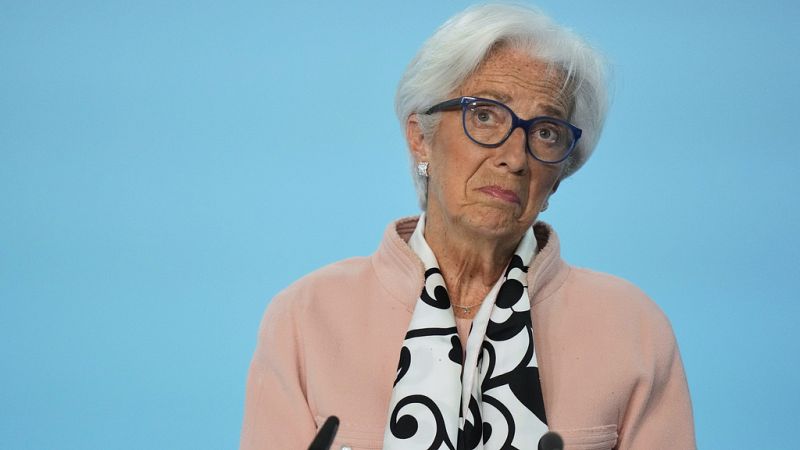Why do chocolate prices matter to the European Central Bank?

Rising food prices can be a headache not only for households in the eurozone but also for the European Central Bank. While overall inflation has normalised and sits close to the ECB’s 2% medium-term target, food inflation "since 2022 is clearly exceptional and persistent", said the central bank in a recent blog post.
According to the report, consumers pay roughly a third more than before the COVID-19 pandemic to put a meal on the table. The bank added that food prices have increased by more than 40% since 2015, influencing the ECB's rate decisions.
Inflation has settled considerably in the eurozone, descending from a peak of 10.6% in October 2022 to 2% recently. Yet, according to the European Commission's latest consumer scoreboard report, one in three people worry about being able to afford the food they prefer to buy.
The ECB notes that food prices matter even more for lower-income households, where the food bill takes a larger share of their income.
And rising food prices are not going to slow down any time soon, according to the ECB's expectations.
According to Eurostat, meat prices for beef, poultry and pork have become 38-44% more expensive since 2015. And the ECB notes that these food items cost more than 30% more than at the end of 2019. Over the past six years, milk, butter, coffee, olive oil, cocoa and chocolate have become particularly expensive.
European food price increases are partially explained by a jump in energy prices after Russia invaded Ukraine in 2022. Rising incomes, globally and locally, have also increased demand, driving up food prices. Meanwhile, extreme weather events are having an increasingly worrying impact on crops. Droughts in Spain have seriously impacted olive oil prices, whereas coffee and cocoa have become a lot more expensive following adverse weather in key exporting countries such as Ghana and Côte d’Ivoire.
These events linked to climate change "are becoming more frequent and can severely disrupt food supply chains," according to the ECB's blog post.
Causes and consequences for monetary policy
Buying food is non-negotiable, and therefore food prices matter more strongly for inflation perceptions and expectations, which are crucial for the ECB to ensure price stability.
The central bank's inflation target, which is 2% in the eurozone, refers to the HICP headline price index. This index measures the price change of a typical consumption basket, energy, services, consumer goods and food.
Food price inflation in the eurozone is currently the highest across the four categories, standing at 3.2%. And food price increases are weighted at around 20% in the HICP headline price index, more than twice the weight given to energy, for instance.
When food prices go up, including for chocolate, coffee and olive oil, they have a higher impact on inflation and the monetary policy surrounding it, compared to rises in energy prices.
The ECB provides three reasons why food prices are of particular interest at the moment.
First of all, there is a gap that has opened up between food and overall prices, and it is much larger and more persistent than in the past.
Secondly, food prices largely shape inflation expectations, which are also closely watched by the ECB when it decides on the bloc's monetary pathway. Thirdly, food price increases hit poorer households harder than others.
Ultimately, if the ECB judges its 2% inflation target to be at risk and raises key interest rates, the resulting higher borrowing costs will feed through the banking system, discouraging investment and weighing on the broader eurozone economy.
Today

